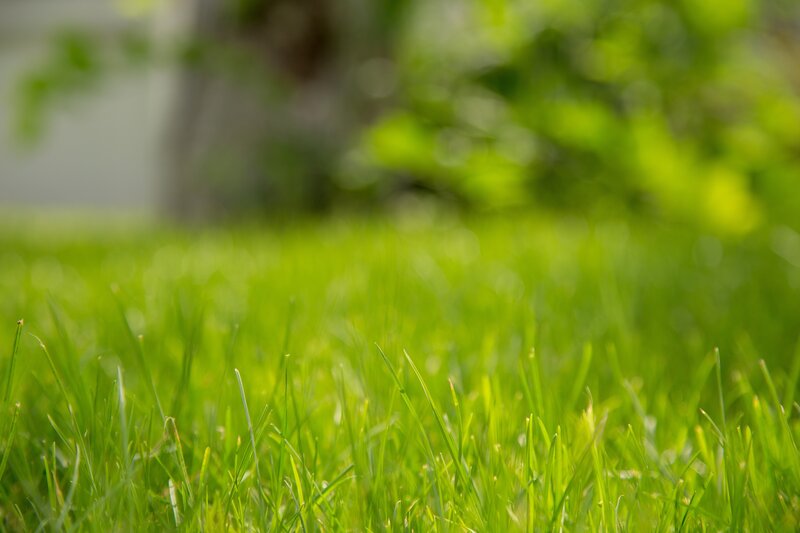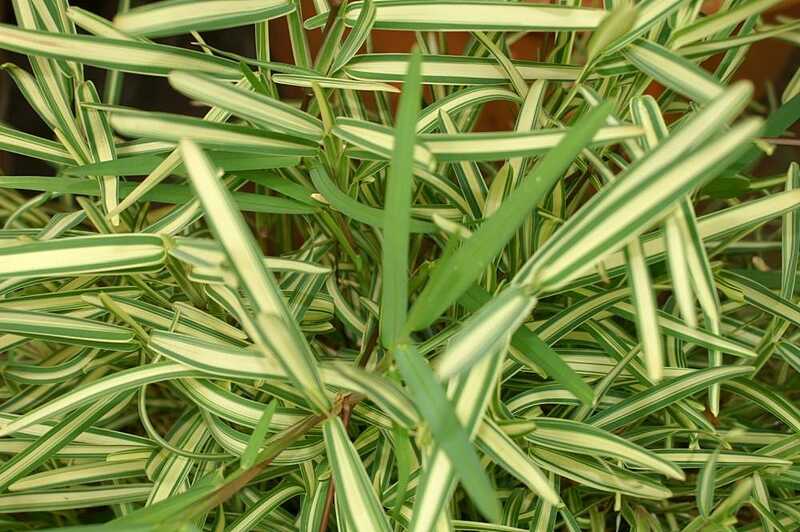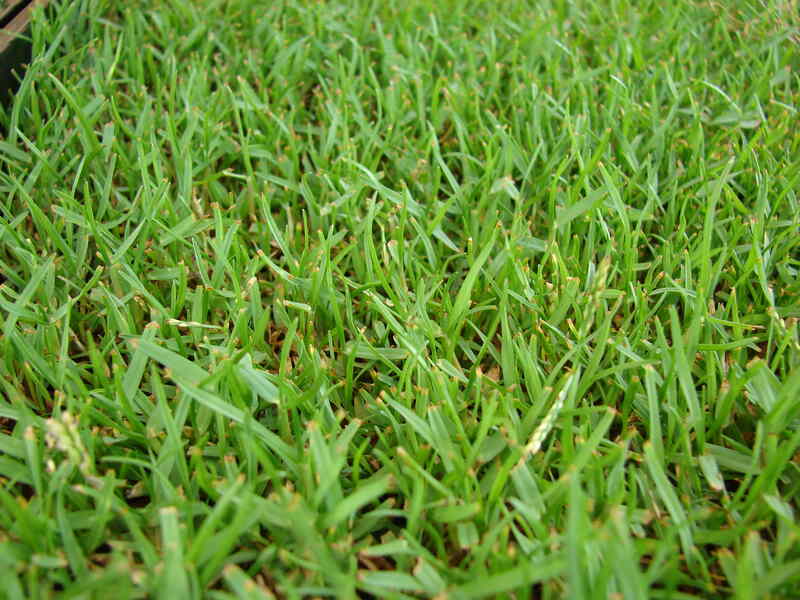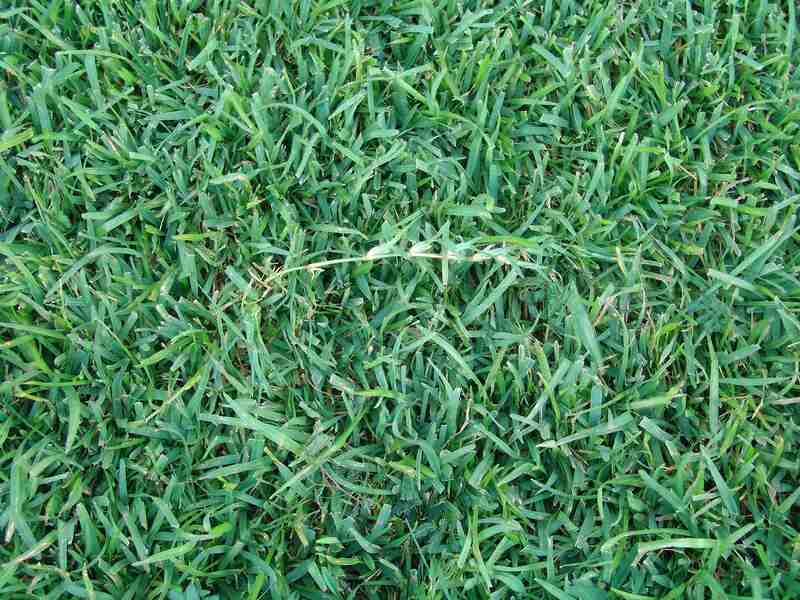4 Best Grass Types for Little Rock
BY KIMBERLY MAGERL | MARCH 27TH, 2023 | ARKANSAS, LAWN CARE, LITTLE ROCKLittle Rock is unique. Its climate is classified as subtropical, but the city experiences four distinct seasons with very short, cold winters. Named after an actual rock, “la Petite Roche” to the locals, the bustling metropolis has plenty of prime outdoor months with annual high temperatures averaging 73 degrees Fahrenheit and lows averaging 52 degrees Fahrenheit. The best grass types for Little Rock need little water to survive the unique climate. Read on to discover four warm-season varieties suitable for your Little Rock landscape.
Warm-Season vs. Cool-Season Grasses for Little Rock
Like Goldilocks, Arkansas sits in the transition zone. This means summers are too hot for cool-season grass varieties and winters are too cold for warm-season grasses in most of the state, making it incredibly difficult to maintain your lawn.
All types of grass are classified into one of two categories:
- Warm-season grasses perform best in the southern half of the United States. They grow most actively in late spring and summer when temperatures are around 75 to 95 degrees Fahrenheit.
- Cool-season grasses are well-suited to northern climates with cold winters and distinct seasons. They grow most actively in early spring and fall when temperatures are around 55 to 75 degrees Fahrenheit.
Little Rock sits on the banks of the Arkansas River in the middle of the state. Cool-season grass varieties perform best in Northern Arkansas, making Little Rock best-suited for warm-season varieties.
4 Best Grass Types for Little Rock
The following warm-season grass types are perfectly suited for the climatic and soil conditions of Little Rock:
1. Bermudagrass

Photo Credit: Pexels
Bermudagrass is the most common Arkansas grass variety, and it is adapted to the entire state. It is an aggressive grass that recovers quickly from damage. The turfgrass is moderately cold-tolerant, hardy, and fine-textured. It withstands drought and heavy foot traffic, making it a versatile option for golf courses, athletic fields, and home lawns.
Little Rock is home to common and hybrid bermudagrass varieties. Sun-loving common bermudagrass has a light green color and coarse texture, while hybrid cultivars have a finer texture and dark green appearance. Common bermudagrass requires less maintenance than hybrid varieties but is less dense with a more sparse appearance and lower disease resistance.
Classification: Warm-season grass
Spreads by: Stolons and rhizomes
Shade tolerance: Poor — needs full sun
Drought resistance: High
Foot traffic tolerance: High
Maintenance needs: Needs frequent mowing due to fast growth rate; develops thatch easily; needs regular fertilization
Mowing height: 1-2 inches
Potential for disease: Good resistance to disease; prone to spring dead spot, dollar spot, leaf spot, large patch, and sheath spot
Potential for pests: Low resistance; prone to white grubs, hunting billbugs, mole crickets, army worms, and sod webworms
Soil pH: 6-6.5
Soil type: Tolerates most soil types
Other notes: Bermuda spreads aggressively via its stolons (above-ground stems) and rhizomes (below-ground stems) and can out-compete many weeds. The downside is that it also can be a nuisance and is sometimes considered invasive. You’ll often find it has tunneled underground into flower beds and spread into neighboring lawns.
2. St. Augustinegrass

Photo Credit: David J. Stang / Wikimedia Commons / CC BY-SA 4.0
St. Augustinegrass thrives in the Little Rock summers. It is dense with deep roots and the least winter-hardy of the warm-season grasses. Luckily, it performs well in centrally located Little Rock. It has high shade tolerance, is quick-growing, and is easy to establish. However, the dense turfgrass does not stand up well to heavy traffic or herbicides.
St. Augustinegrass is blue-green and coarse-textured. It is hardy as far north as Little Rock. The most readily available cultivar is the common St. Augustinegrass, and all cultivars are susceptible to disease and pests like chinch bugs.
Classification: Warm-season grass
Spreads by: Stolons
Shade tolerance: Moderate shade tolerance, among the highest of any warm-season grass; some cultivars are more shade tolerant than others
Drought resistance: Moderate
Foot traffic tolerance: Moderate
Maintenance needs: Moderate to high mowing frequency
Mowing height: 2.5-4 inches (mow dwarf varieties from 2.5-3 inches; standard cultivars from 3-4 inches; mow tall in shade)
Potential for disease: Moderate to high; prone to gray leaf spot, large patch, and take-all root rot
Potential for pests: High; prone to chinch bugs, cutworms, mole crickets, grass loopers, army worms, web worms, and grubs
Soil pH: 6-7.5
Soil type: Tolerates many soil types; prefers moderately fertile and moist (not waterlogged) soils; not a highly drought-tolerant grass; doesn’t tolerate soil compaction
Other notes: Native to coastal areas across the world and prefers moist soils and mild winters; will thrive in more inland areas provided growing conditions are met; good salt tolerance; will go dormant during winter in all but the southernmost regions
3. Zoysiagrass

Photo Credit: Forest and Kim Starr / Flickr / CC BY 2.0
Zoysiagrass is used throughout Arkansas. This turfgrass tolerates drought, low mow heights, shade, heavy traffic, and even lower temperatures. It has low fertilization requirements and grows densely, blocking out weeds thanks to thick, stiff leaf blades.
Two cultivars of Zoysiagrass are present in Little Rock, Zoysia japonica and Zoysia matrella. The attractive turfgrass is recognizable for its dense appearance and dark green color. Arkansas cultivars are not prone to disease or insect infestation, but grow slowly.
Classification: Warm-season grass
Spreads by: Stolons and rhizomes
Shade tolerance: Tolerates light to moderate shade
Drought resistance: High
Foot traffic tolerance: High
Maintenance needs: Low to moderate nitrogen requirement; moderate mowing frequency
Mowing height: 1-2.5 inches
Potential for disease: Low; large patch, root decline, spring dead spot, rust, curvularia, and leaf spot can occur
Potential for pests: Low; most common pests are mites, grubs, mole crickets, hunting billbugs, army worms, chinch bugs, and sod webworms
Soil pH: 6-6.5
Soil type: Well-draining, some cultivars more tolerant of a wide range of soils than others
Other notes: Moderately salt tolerant; cut with sharp mower blade; mow taller if grass is in partial shade
4. Centipedegrass

Photo Credit: James Becwar / Wikimedia Commons / CC0 1.0
Centipedegrass is slow-growing, making it a low-maintenance choice for Little Rock lawns. Cultivars require little mowing, fertilization, or water to remain lush and green. It handles shade better than bermudagrass, but the smooth, flat-bladed grass does not handle heavy traffic, cold, or herbicides well.
Centipedegrass has a pronounced medium texture and light green color. This turfgrass prefers to be left alone and is prone to pests and disease when improperly maintained or over watered.
Classification: Warm-season grass
Spreads by: Stolons
Shade tolerance: Moderate — at least six hours of full sun per day
Drought resistance: Low to moderate
Foot traffic tolerance: Low
Maintenance needs: Low mowing frequency
Mowing height: 1.5-2 inches
Potential for disease: Moderate; prone to centipedegrass decline and iron chlorosis
Potential for pests: Moderate; prone to ground pearl insects, grubs, mole crickets, sod webworms, and lawn caterpillars
Soil pH: 5-6
Soil type: Acidic, infertile, at least moderately good drainage (very dense, clay soils produce poor results)
Other notes: Low maintenance once established; greenish-yellow color (like a green apple) during the growing season; low fertilizer and mowing requirements; not a salt-tolerant grass
FAQ About Little Rock Grass Types
No. While Arkansas lies in the transition zone, centrally located Little Rock is too warm to grow cool-season grasses. Cities in Northern Arkansas can grow tall fescue, a cool-season grass that tolerates heat better than other varieties.
You should plant your grass seed in May or June. This gives the seed plenty of time to germinate before the hot Little Rock summer.
St. Augustinegrass is the most shade-friendly grass type for Little Rock.
Choose Plant and Grass Varieties for Your Little Rock Landscape
The best grass cultivars for Little Rock are warm-season varieties suited to Arkansas’ unique USDA zones, 7b to 8a. All turfgrasses have their own characteristics and needs. Choose a variety that works well for your space and lifestyle.
Your grass comes together to help form your complete landscape. There are numerous landscaping options for Little Rock, and you can take advantage of the city’s four unique seasons. Be sure to check out our guides to help you keep your lawn healthy year-round:
- Spring Lawn Care Tips for Little Rock
- Fall Lawn Care Checklist for Little Rock
Conquer Arkansas’ humid climate. Contact a Little Rock lawn care pro today to help you maintain a green and healthy lawn, so you have more free time outdoors.
Main Image Credit: Valis55 / Wikimedia Commons / CC BY-SA 3.0